Publications
-
Trends in STI Screening Utilization
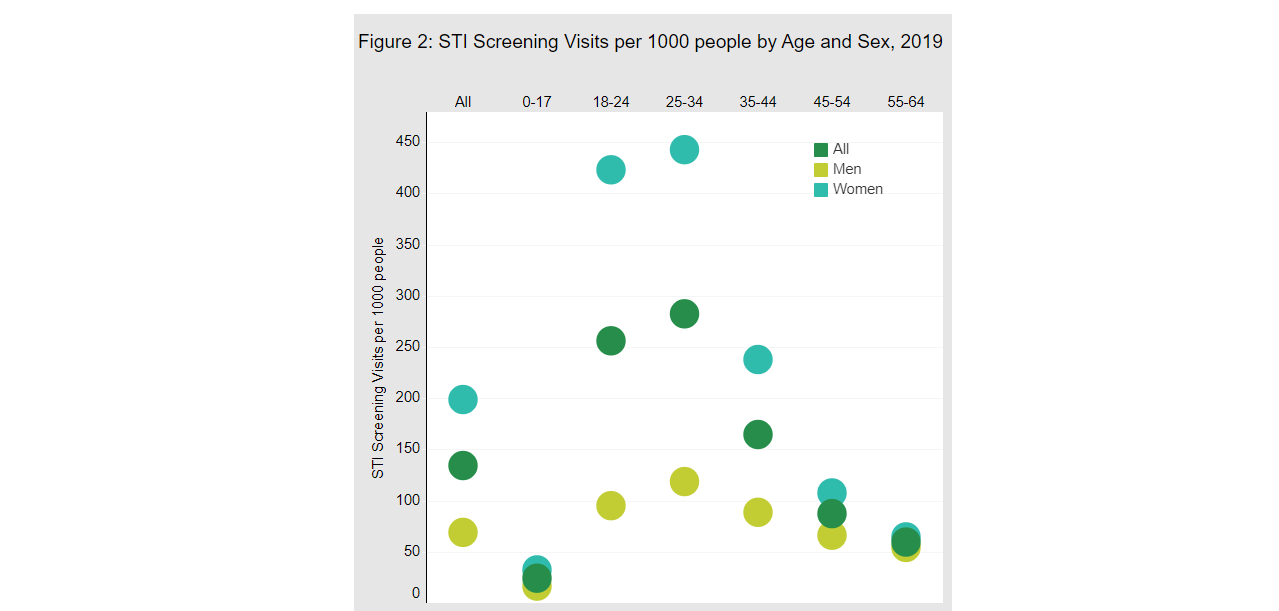 Read more: Trends in STI Screening Utilization
Read more: Trends in STI Screening UtilizationSexually transmitted infections (STIs) are infections caused by pathogens spread through sexual contact. STIs can progress from an infection into a sexually transmitted disease (STD). Chlamydia, gonorrhea, syphilis and HIV are the most commonly screened for STIs in the US. The CDC STD Surveillance Data estimates that there were more than 2.5 million cases of chlamydia,…
-
ESI Enrollees Paid $853 on Average Out-of-Pocket for Health Care in 2020, But Some People Paid Over Four Times as Much
 Read more: ESI Enrollees Paid $853 on Average Out-of-Pocket for Health Care in 2020, But Some People Paid Over Four Times as Much
Read more: ESI Enrollees Paid $853 on Average Out-of-Pocket for Health Care in 2020, But Some People Paid Over Four Times as MuchHigh out-of-pocket costs for health care services can put necessary care and medications out of reach for many people. In one survey, nearly half of adults reported difficulty paying for health care services. In this brief, we used HCCI’s commercial claims dataset, which includes health care spending information for over one-third of the population who…
-
Growing Rate of Billed Emergency Department Use in Childbirth Inpatient Admissions
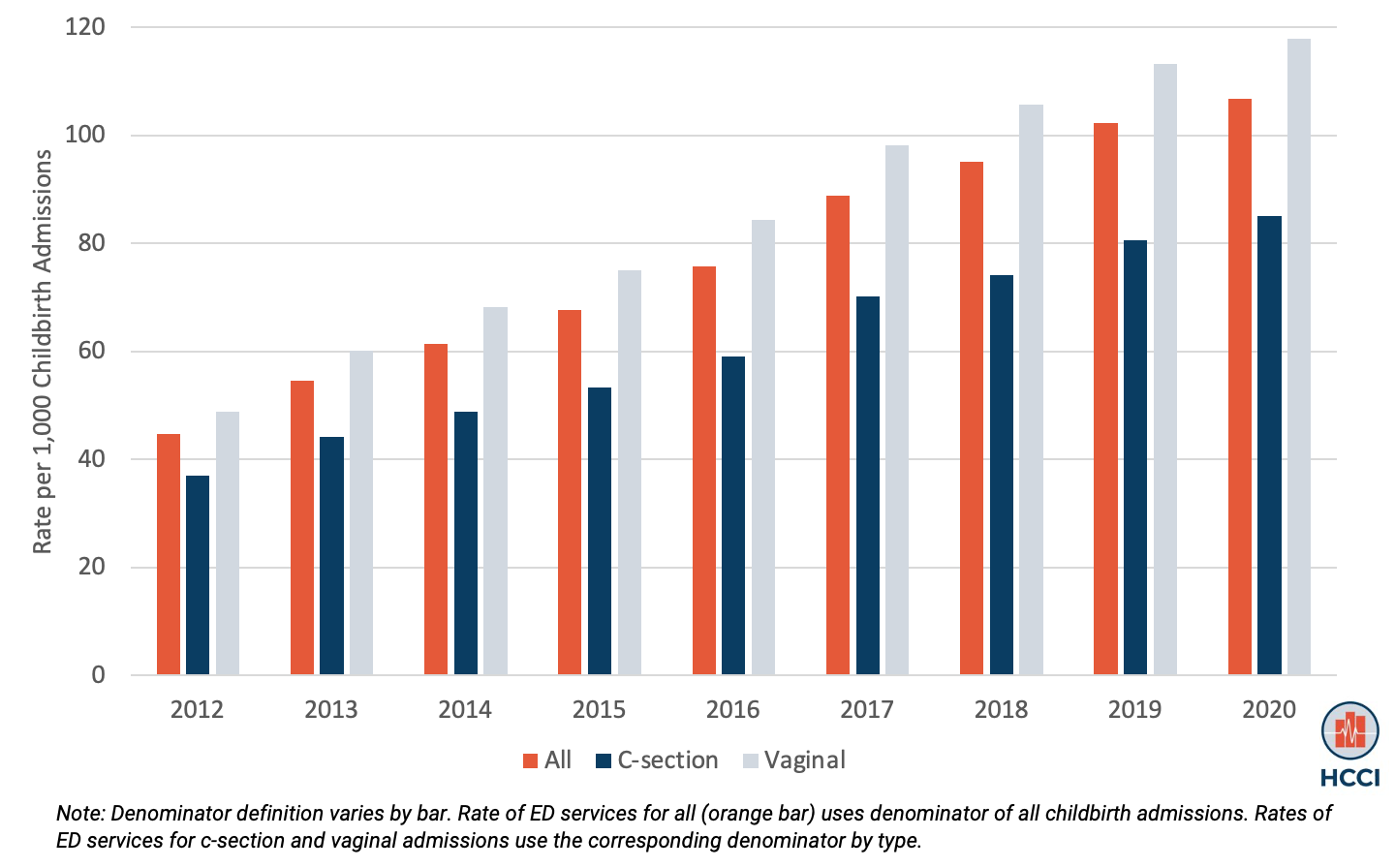 Read more: Growing Rate of Billed Emergency Department Use in Childbirth Inpatient Admissions
Read more: Growing Rate of Billed Emergency Department Use in Childbirth Inpatient AdmissionsA recent KHN article reported on the growing presence of “obstetric emergency departments” (OBEDs) in U.S. hospitals. Hospitals suggest that OBEDs, which are generally located within labor and delivery departments and often indistinguishable from standard triage rooms, allow pregnant patients with potential emergent conditions (or when they are in labor) to be seen quickly by hospitalists….
-
Measuring the Prevalence of Obesity Using a Distributed Electronic Health Record Network
 Read more: Measuring the Prevalence of Obesity Using a Distributed Electronic Health Record Network
Read more: Measuring the Prevalence of Obesity Using a Distributed Electronic Health Record NetworkObesity is a serious and costly chronic disease that has been increasingly common among the U.S. population. Electronic health record (EHR) data have the potential to support research and patient care interventions. The timeliness and availability of aggregated clinical data can be used in near-real time to monitor obesity prevalence based on body mass index…
-
Telehealth Use Increased more than 50-fold for Primary Care Visits and Behavioral Health Services in Early Months of the COVID-19 Pandemic
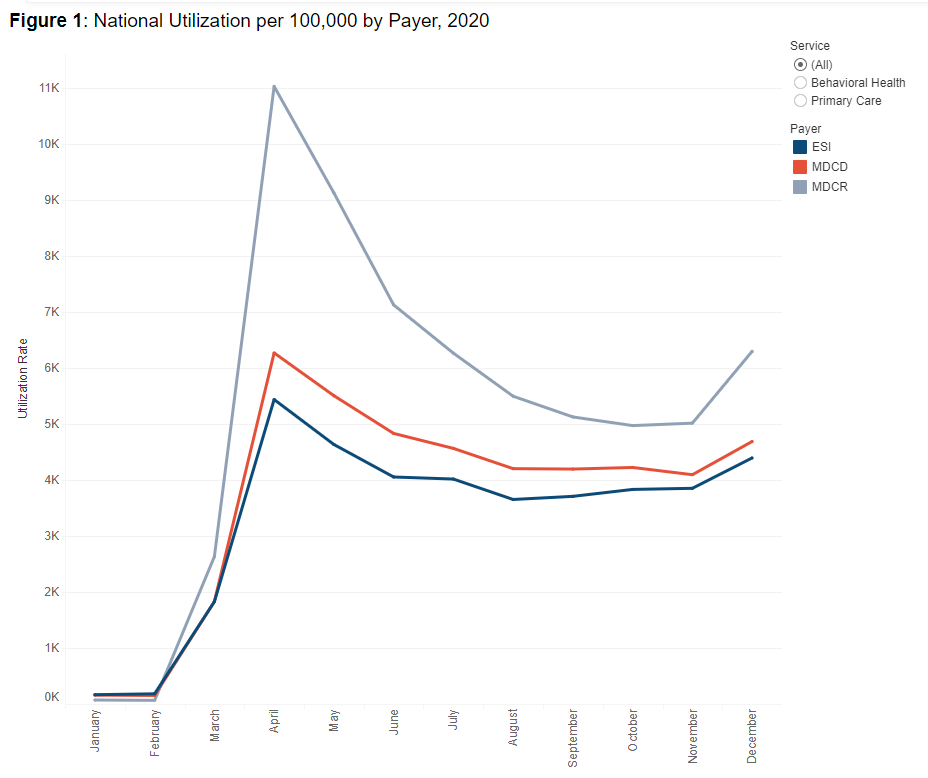 Read more: Telehealth Use Increased more than 50-fold for Primary Care Visits and Behavioral Health Services in Early Months of the COVID-19 Pandemic
Read more: Telehealth Use Increased more than 50-fold for Primary Care Visits and Behavioral Health Services in Early Months of the COVID-19 PandemicTelehealth facilitates medical care, allows for the sharing of health information, and offers patient health education through remote communication. In 2020, the onset of the public health emergency prompted many localities to restrict in-person gatherings to prevent transmission of the virus. Health care providers responded by expanding telehealth services in an effort to continue serving…
-
COVID-19 Hospitalizations in 2020 were Highest for People Living in the Most Socially Vulnerable Areas and American Indian and Alaska Native People
 Read more: COVID-19 Hospitalizations in 2020 were Highest for People Living in the Most Socially Vulnerable Areas and American Indian and Alaska Native People
Read more: COVID-19 Hospitalizations in 2020 were Highest for People Living in the Most Socially Vulnerable Areas and American Indian and Alaska Native PeopleThe onset of the COVID-19 pandemic fundamentally shifted health and health care in the US in 2020. Hospitals have been central to responding to the pandemic and treating COVID, which means that hospitalizations can provide an important lens to understanding the pandemic’s impact. Earlier HCCI research looked at hospital use and spending among people with…
-
HCCI Spotlights National Diabetes Month: ESI Enrollees with Diabetes Face High Out-of-Pocket Costs. A Cap on Insulin Costs Would Help Many.
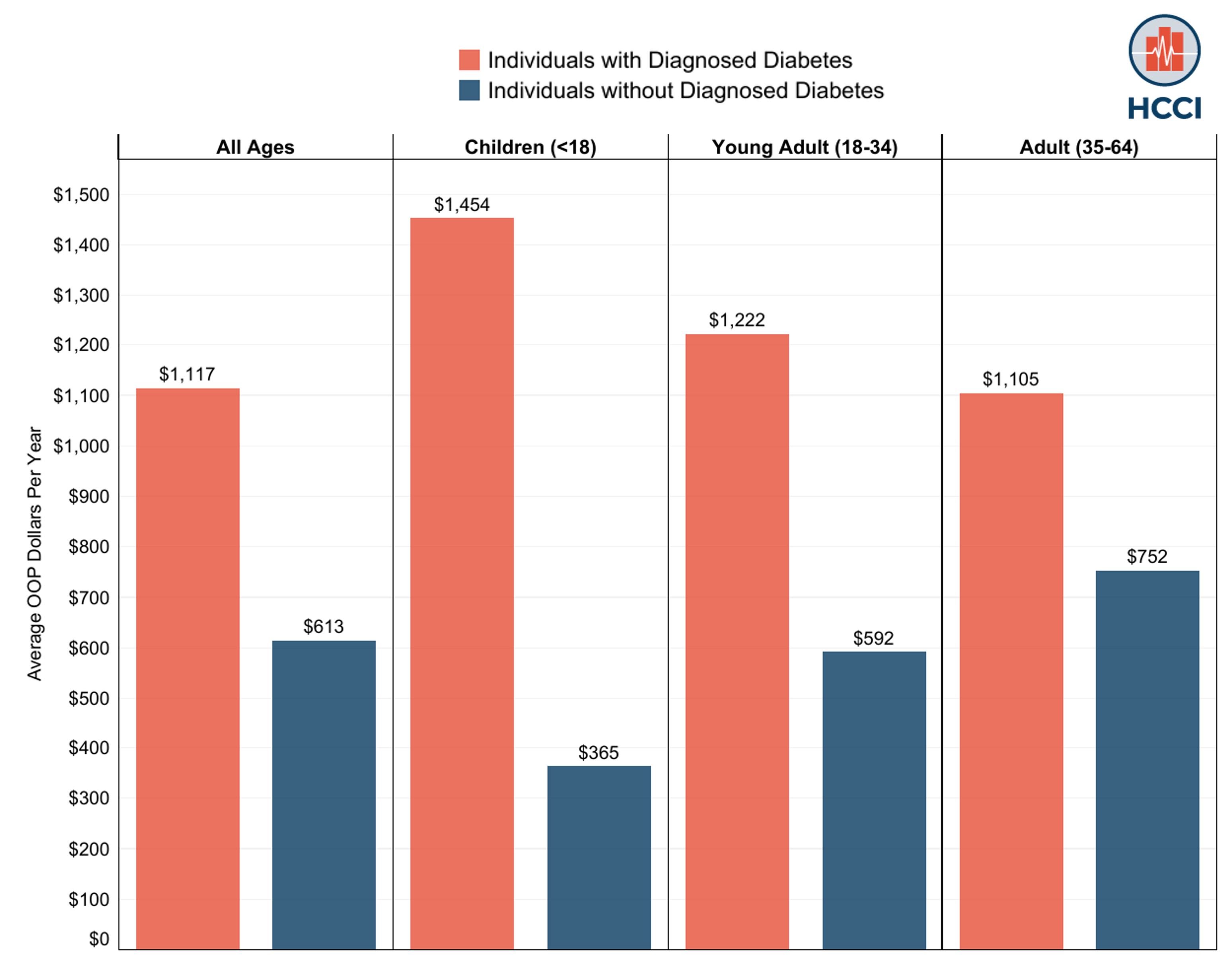 Read more: HCCI Spotlights National Diabetes Month: ESI Enrollees with Diabetes Face High Out-of-Pocket Costs. A Cap on Insulin Costs Would Help Many.
Read more: HCCI Spotlights National Diabetes Month: ESI Enrollees with Diabetes Face High Out-of-Pocket Costs. A Cap on Insulin Costs Would Help Many.Diabetes is a chronic health condition that affects over 10% of the U.S. population. It is possible for people who are diagnosed with diabetes to live a healthy, long life if the condition is managed properly. However, management often involves significant health care use, which can be costly for patients. Over the past few months, we used HCCI’s…
-
Over 50% of Insulin Users with ESI Spend over $35 Out-of-pocket on 30-day Supply of Insulin
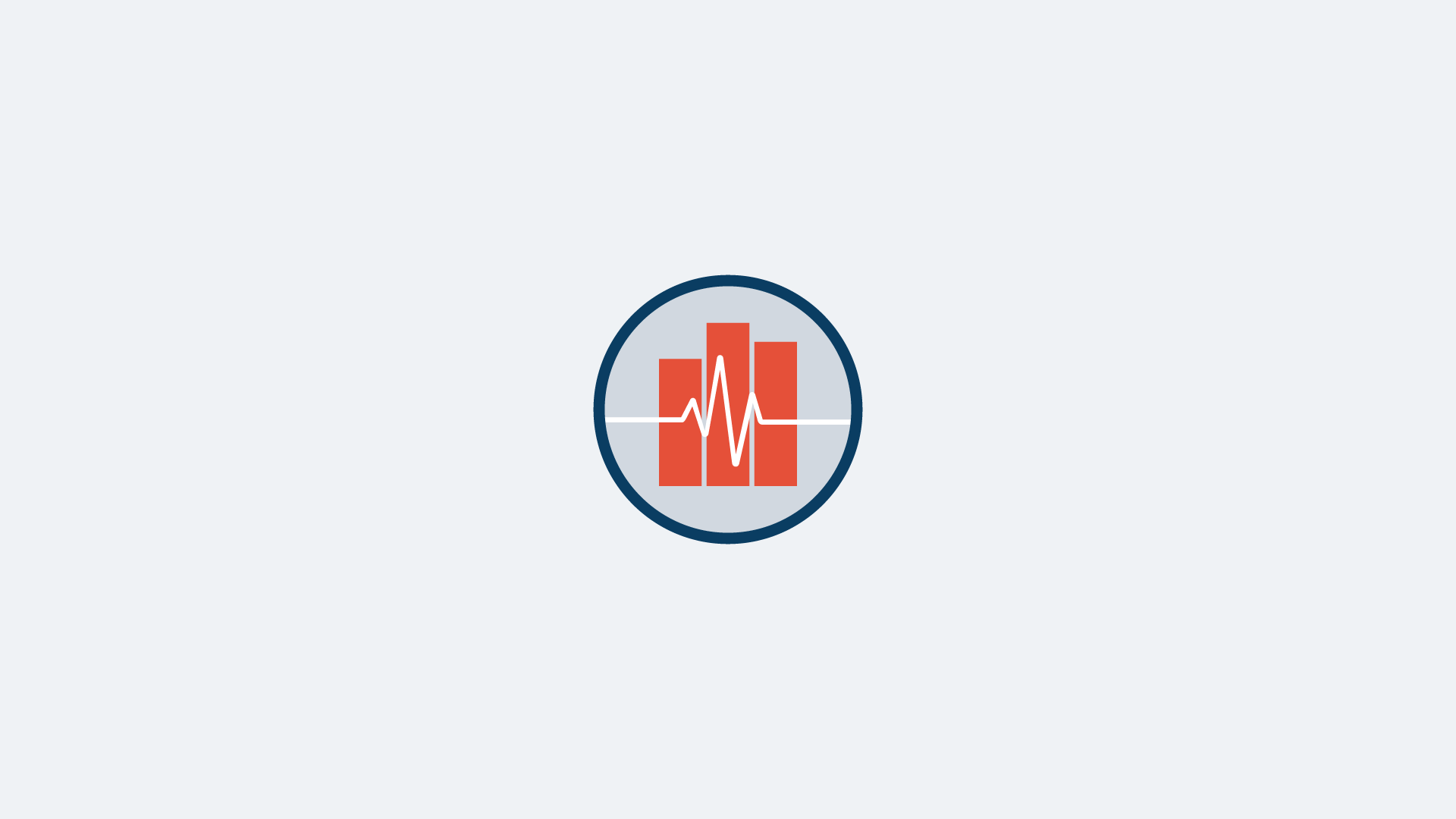 Read more: Over 50% of Insulin Users with ESI Spend over $35 Out-of-pocket on 30-day Supply of Insulin
Read more: Over 50% of Insulin Users with ESI Spend over $35 Out-of-pocket on 30-day Supply of InsulinPreviously, HCCI analyzed prescription drug spending to understand how many insulin users with employer sponsored insurance (ESI) would be affected by a $35 monthly cap on patient out-of-pocket spending on insulin. Our estimates were based on average monthly out-of-pocket spending on insulin across all insulin products. The Inflation Reduction Act (IRA) recently passed by Congress…
-
Spending on Preventive Services Represents a Small Fraction of Total Health Care Spending, but Costs to Individuals Could Be High without ACA Protection
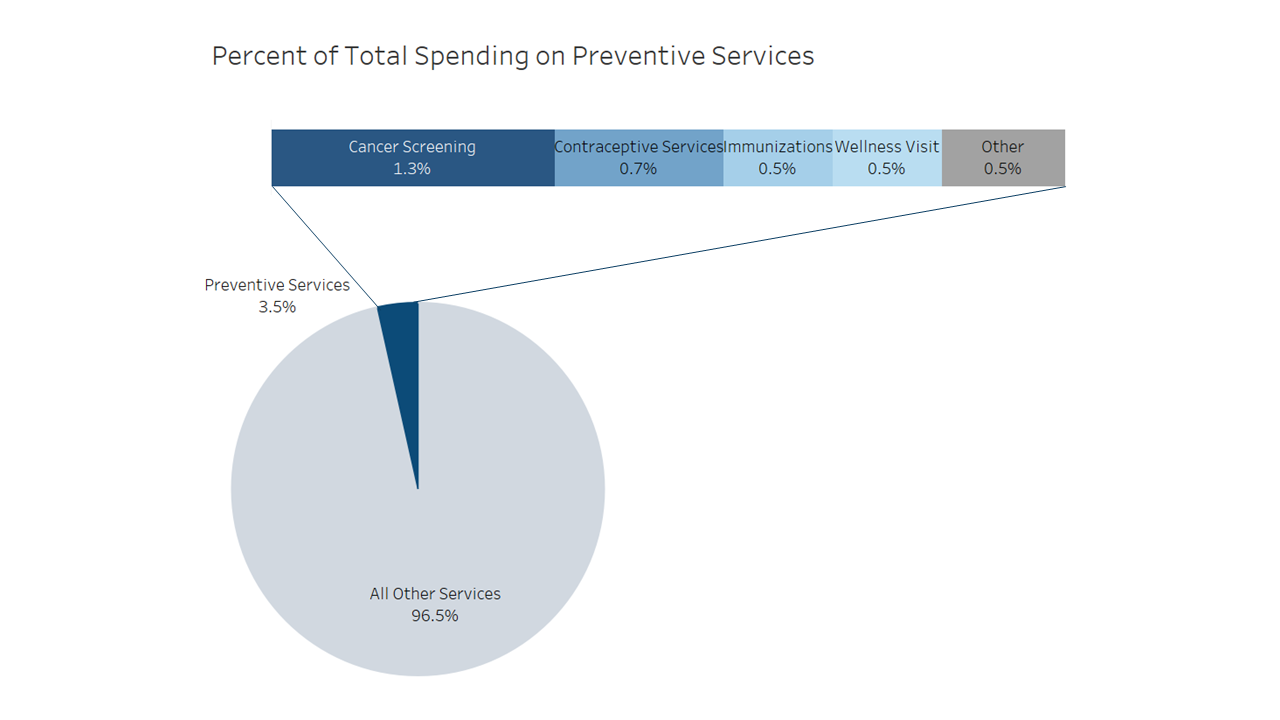 Read more: Spending on Preventive Services Represents a Small Fraction of Total Health Care Spending, but Costs to Individuals Could Be High without ACA Protection
Read more: Spending on Preventive Services Represents a Small Fraction of Total Health Care Spending, but Costs to Individuals Could Be High without ACA ProtectionThe Affordable Care Act (ACA) requires insurers to cover certain services without charging patients out-of-pocket. These services include routine preventive care, such as wellness visits, immunizations, contraceptive services, and cancer and other disease screenings. In September 2022, a federal court ruled portions of the law’s preventive services provision unconstitutional. If the court decision stands, it…
